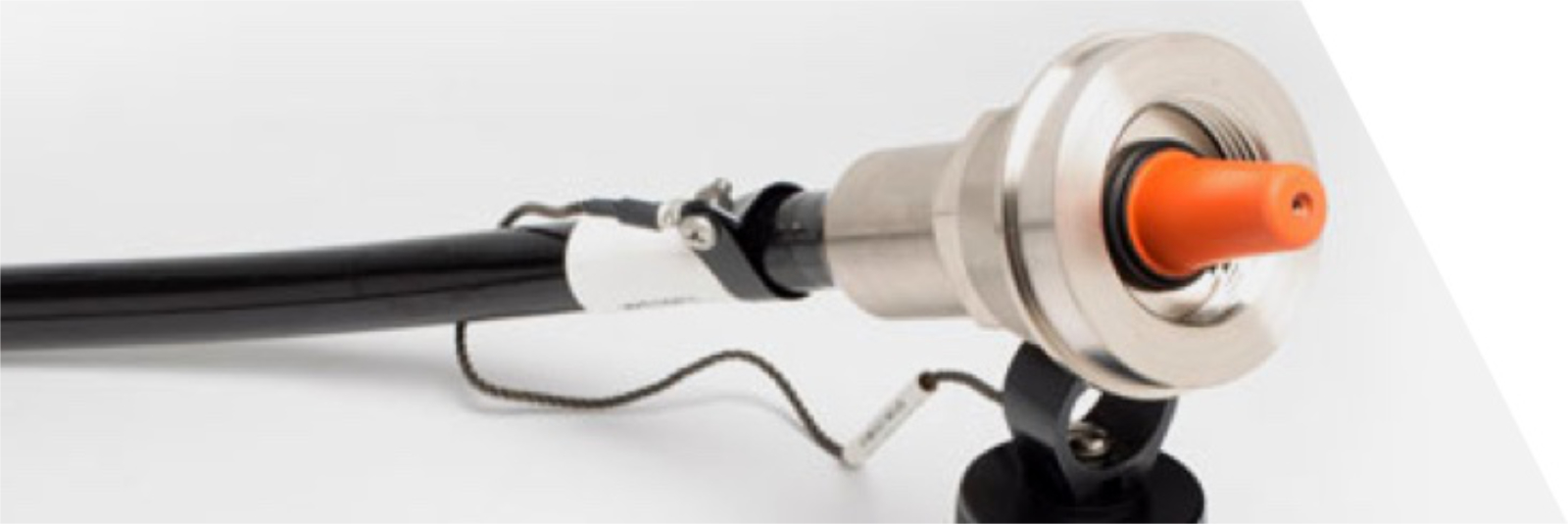Eliminating electrical discharge for reliable signal transmission.
Military electronic systems must operate reliably in the face of many harsh operational and environmental conditions. Some conditions, like extreme temperatures and corrosive atmospheres, are well known and can be anticipated. Less straightforward is the problem of corona. Everyone knows that it is a type of high-voltage electrical discharge. But exactly how and when such electrical discharges occur are a mystery to many.
Corona effects in a shielded, plastic, or rubber-insulated cable can be destructive in several ways. First, the discharge can actually destroy the insulation and cause the cable to fail. Second, the associated broadband electromagnetic impulses can interfere with sensitive electronic circuits. Third, the wasted energy involved can be significant in the particular circuit.
Exacerbating the situation is that modern military electronic systems are primarily digital rather than analog. One false bit can change a character or byte, often with disastrous results. With digital circuits operating at relative low voltages (typically a 0 to 3-V transition between a 0 and a 1), eliminating all possible sources of interference is necessary.
The problem of corona becomes more acute because current system design practice requires the component to be made as small and as light as possible. This conflicts with high voltage design principles, which call for large conductors and generous electrode spacing. By attacking the source of the problem, however, engineers have arrived at practical solutions.
Fortunately, cables can be designed to be corona-free if a few basic principles are adhered to in the design: 1. Eliminate air gaps within a high-voltage field by bonding the conductors tightly to the insulation. 2. Use uniformly dense dielectric material having no voids or porosity. 3. Eliminate sharp edges from all conductors. 4. I f air gaps can’t be eliminated, design cable so the electric field is below that required for air ionization. 5. Don’t use field-assemble, high-voltage connectors that are not designed to be corona-free. Dielectric material molded onto the conductors is far superior. 6. Make sure that there is an intimate and cohesive bond when using an encapsulating compound.
These principles are applied within the constraint of having to use a standard MIL-spec shell, which poses some additional mechanical problems. To eliminate air from the voltage circuit, custom designed inserts have been developed. These inserts apply a tapered interface contour design that squeezes out the air as the connector halves are joined. The screw-type shell is preferred to for corona-free applications because the silicone rubber insert is subjected to continuous compression. Corona-free cable sets have been developed for numerous military programs such as AEGIS combat system, MILSTAR satellite system, and Patriot missile. In the process, some interesting design problems have been encountered and solved.
Corona Testing
The variables involved in the initiation of corona discharge are well understood theoretically. But practical design considerations in today’s military systems tend to push them to the limit in the attempt to make equipment smaller and lighter. Moreover, the manufacturing and installation process creates opportunities for unexpected air voids or sharp points.
Consequently, it is desirable to test a completed high-voltage cable/termination system to determine that it is, in fact, “corona-free” and will remain that way indefinitely. The term “corona-free” itself is relative, rather than absolute. This is because the ability to detect corona depends on the sensitivity of the test equipment being used. In any case, the test equipment itself must be more corona-free than the equipment that is being tested.





